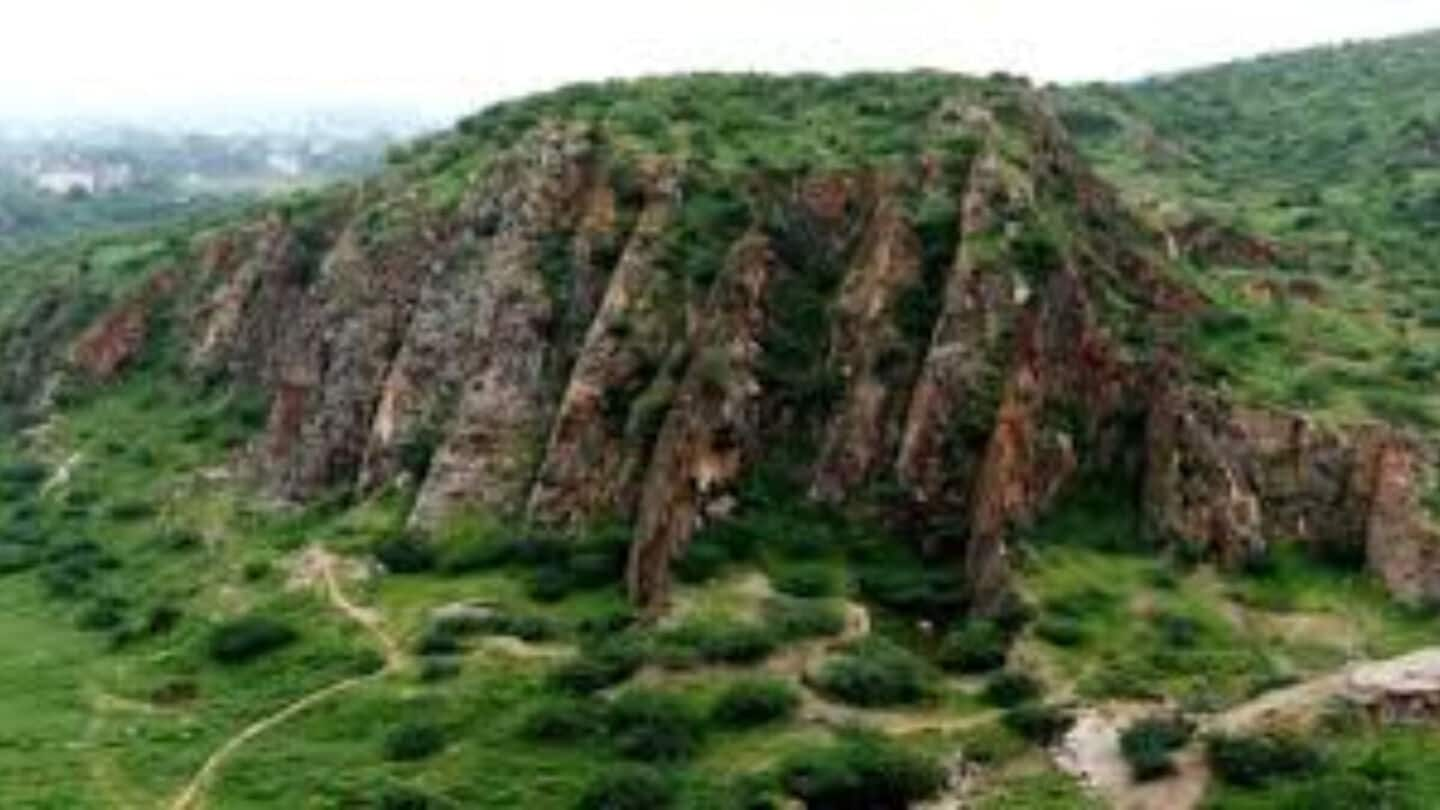
Why most hills in Gurugram, Faridabad could disappear from maps
What's the story
The Haryana Mines and Geology Department has proposed a new definition for the Aravali Hills. The proposal, sent to the state Environment and Forests Department on October 4, states that only hills and ranges belonging to the Aravali Supergroup and Delhi Supergroup will be considered "Aravali Hills and Ranges." These formations must have originated between 2.5 billion and one billion years ago and rise at least 100 meters above surrounding land.
Exclusion impact
Legal protection at risk
The proposed definition excludes younger hills from the Neoproterozoic era (about 1 billion to 540 million years ago) and smaller landforms. Conservationists warn this could strip legal protection from many hills that currently serve an important ecological function. MD Sinha, a former Conservator of Forests in South Haryana, told the Indian Express that the 100-meter criterion could remove most of the Gurgaon and Faridabad Aravalis from official maps. "These areas are mostly scrub hills and grasslands with small forest patches."
Government rationale
Department cites Geological Survey of India classification
The Mines and Geology Department claims the new definition is in line with the Geological Survey of India's classification. The aim is to include only ancient, continuous ranges made of Aravali or Delhi Supergroup rocks. The department also references Rajasthan's 100-meter height rule as a precedent for this change. However, Sinha argues that age and height have no bearing on ecological function and could lead to reduced forest cover in Haryana.
Ecological consequences
Potential ecological disaster
The Aravali hills play a vital role in conserving biodiversity, storing water, trapping heat, and regulating climate in the Delhi-NCR region. Losing these hills could exacerbate dust pollution, water shortages, and extreme weather events. Sinha warns that only a few powerful landowners would benefit from unlocking real estate potential on unprotected hills. He adds that this change could set a precedent for other states and Delhi itself to follow suit.
Forest conservation
New definition of forest
In August, the Haryana government had also issued a new definition of "forest" for conservation purposes. Under this notification, only land patches of at least five hectares or two hectares with 40% canopy density will be considered forests. Linear plantations and orchards outside these zones will not count as forests. "The NCR region already suffers from high dust loads due to dryness. Reducing vegetation will worsen pollution...disrupt local climate regulation. The Aravalis are vital for mitigating these issues," Sinha reacted.